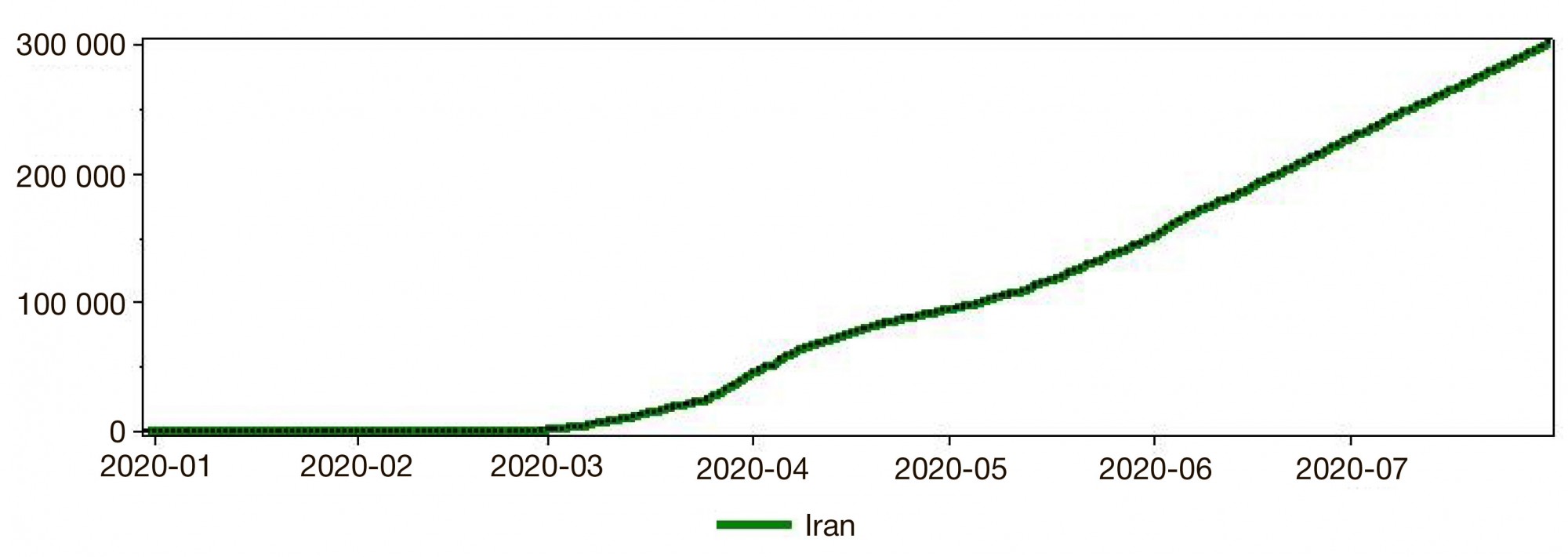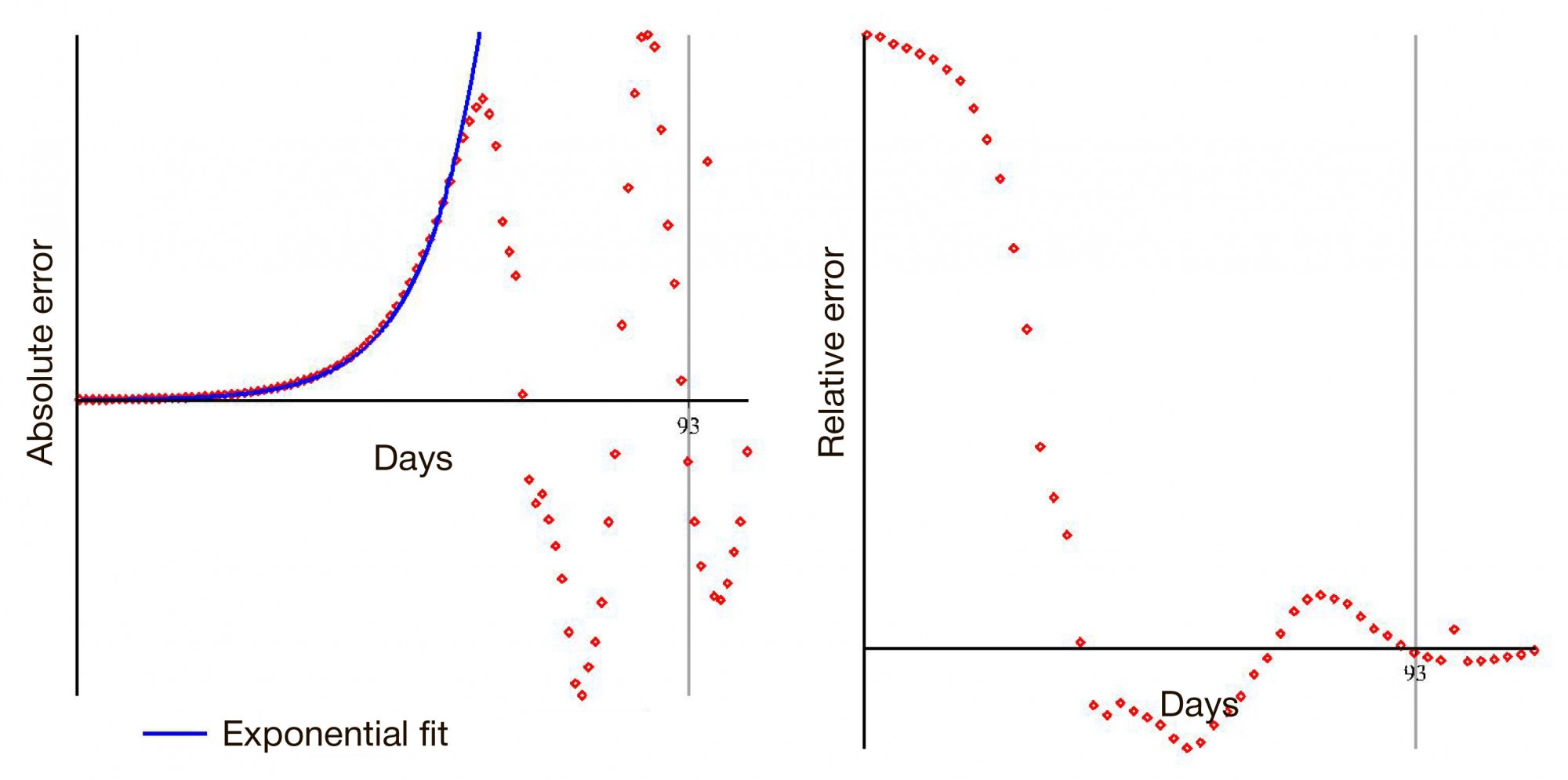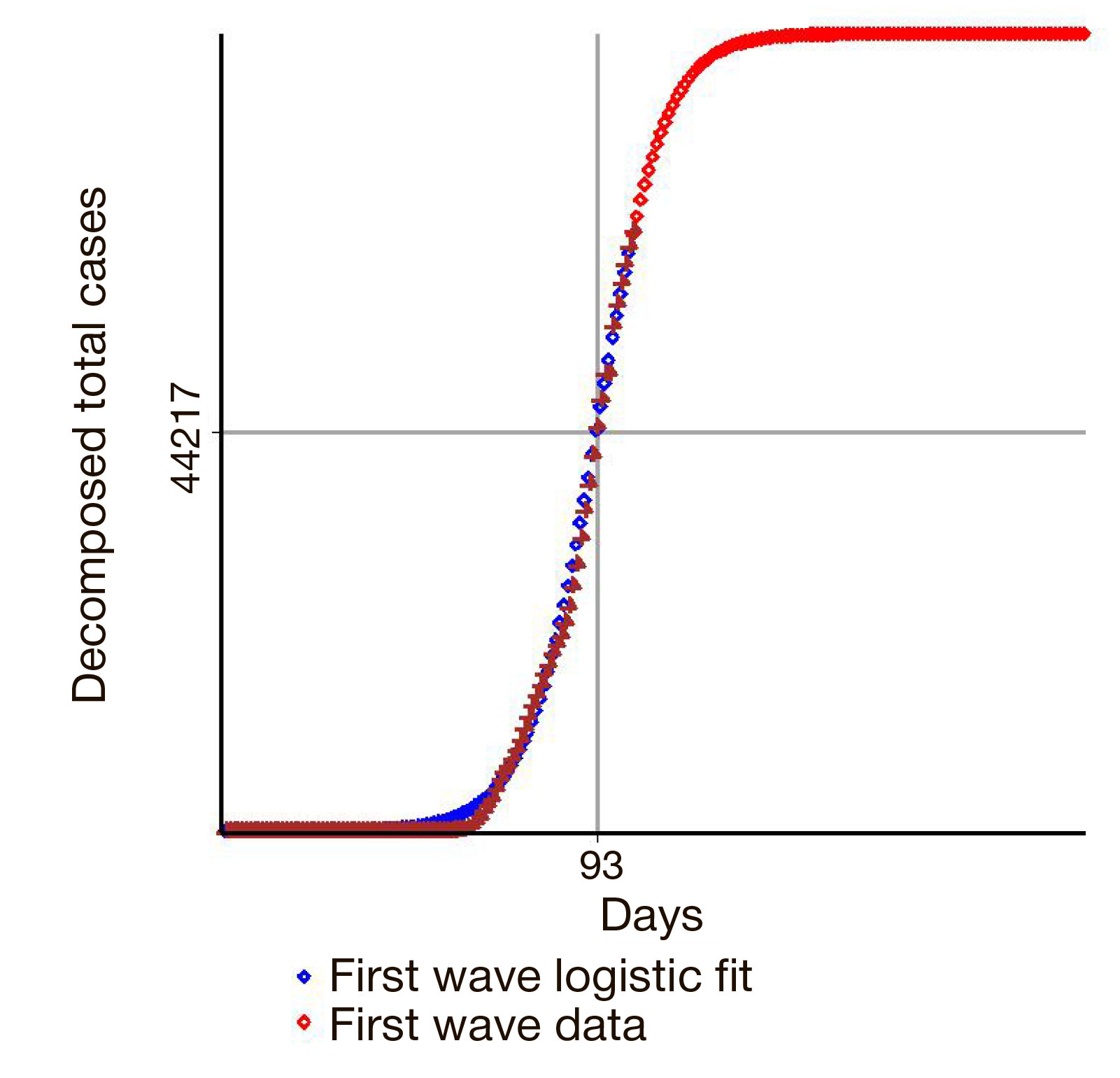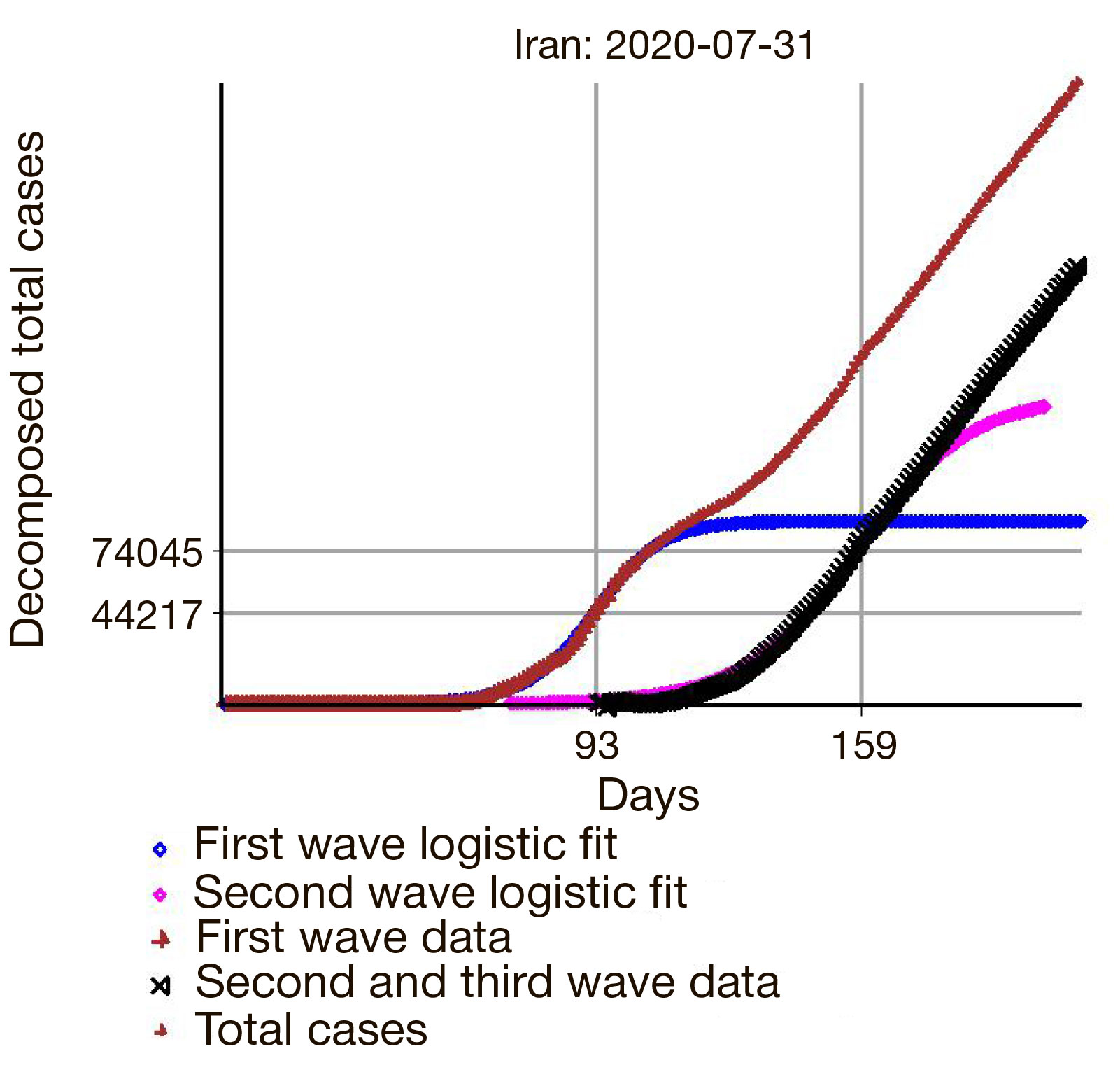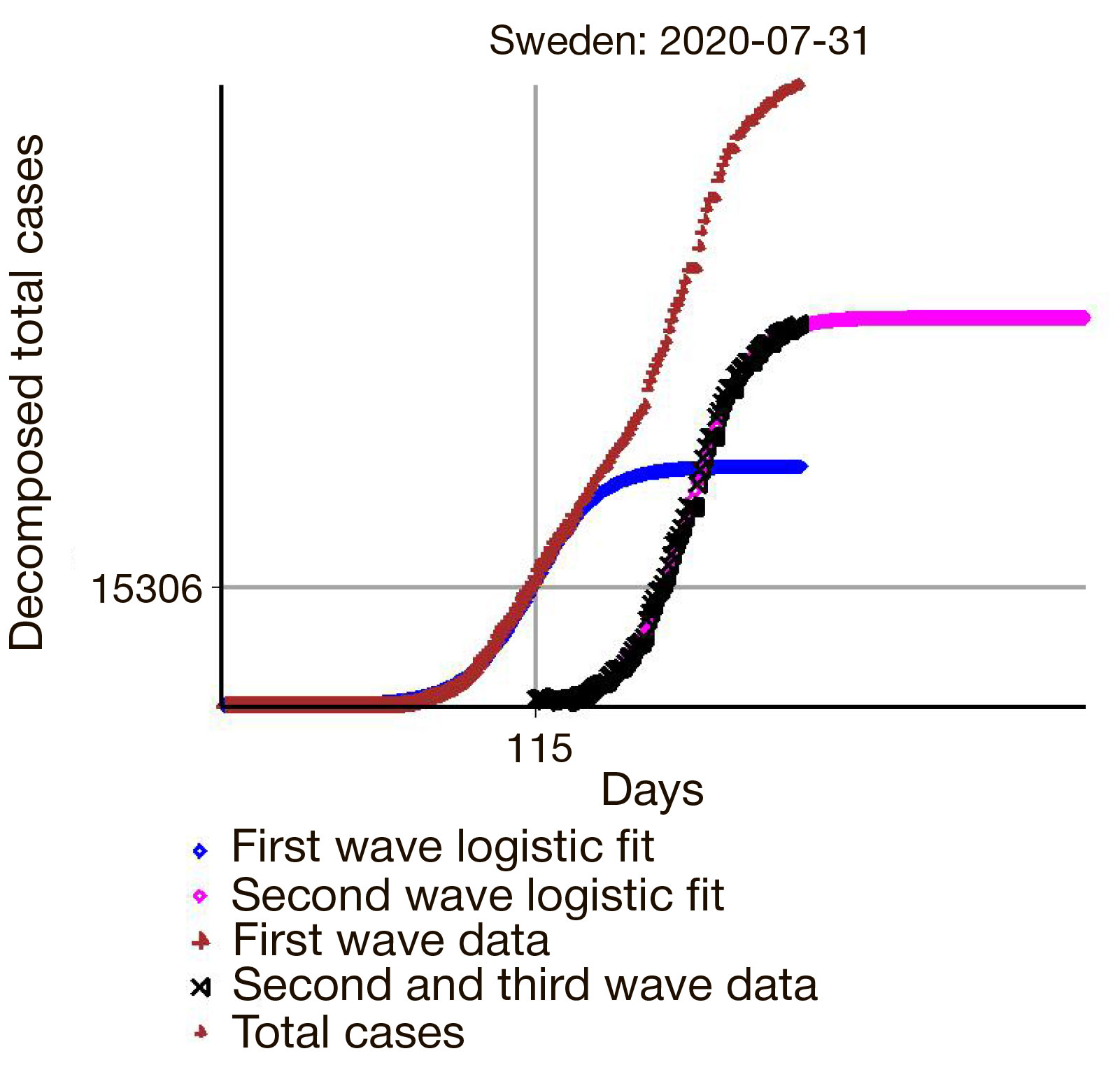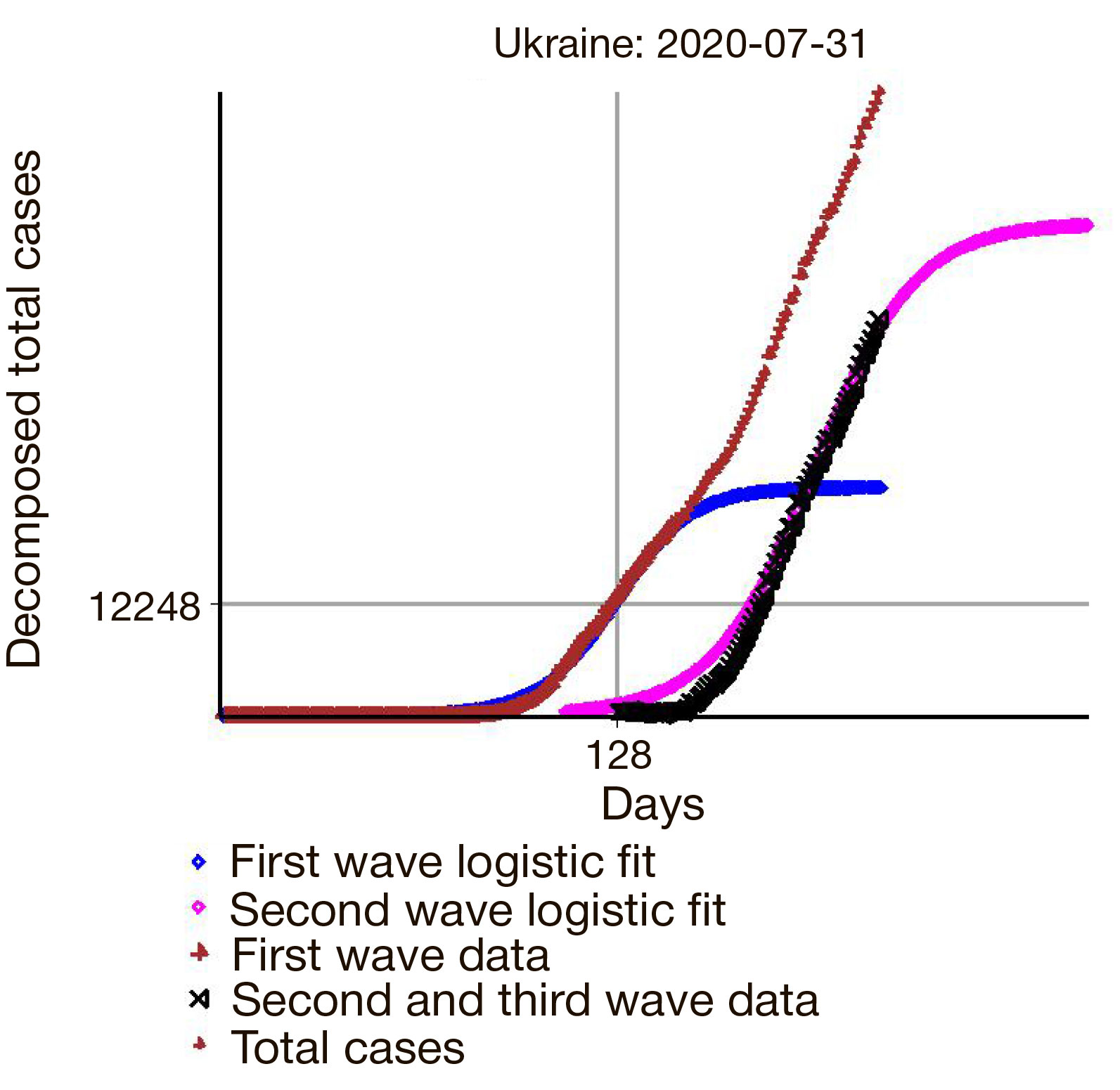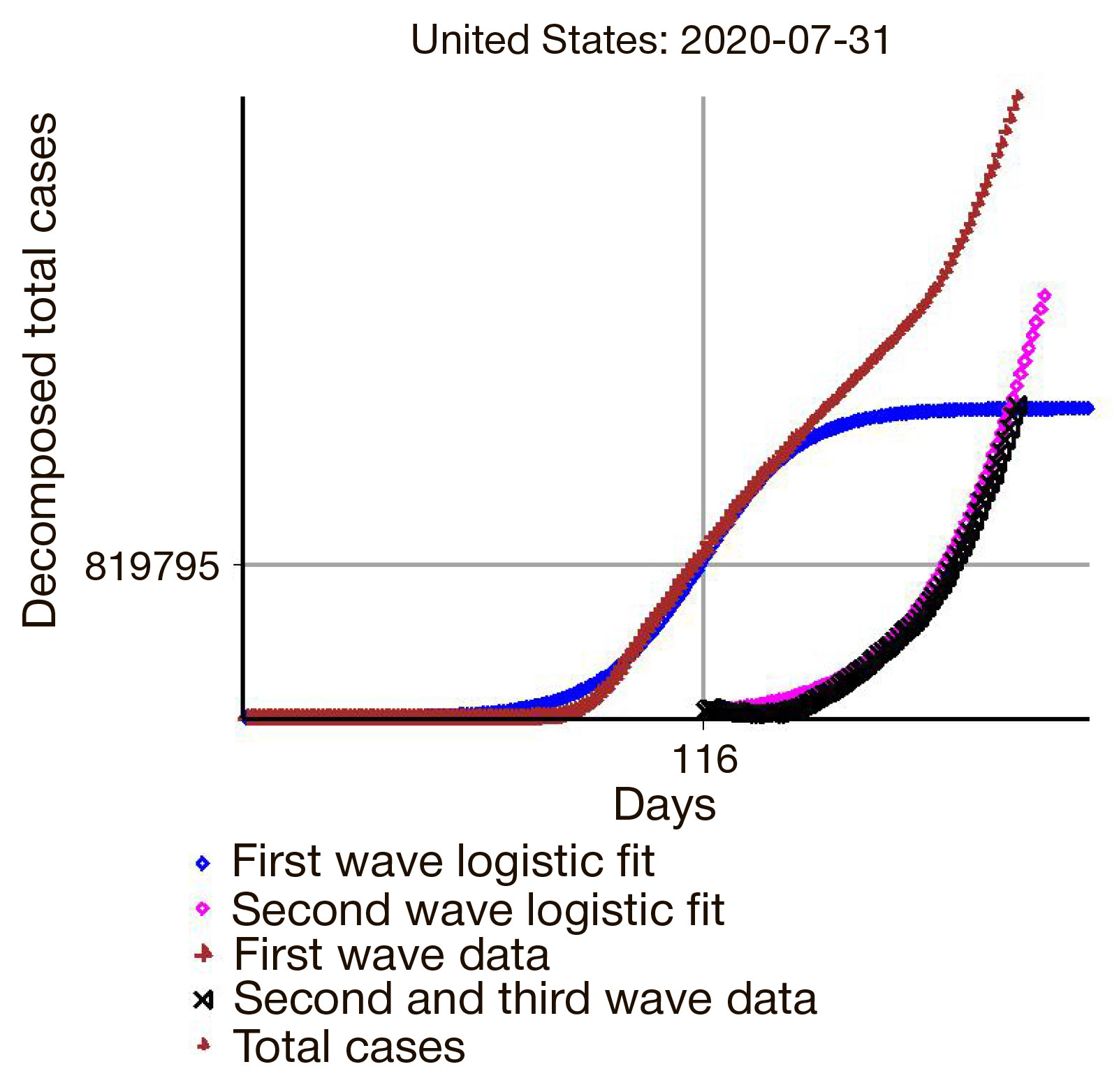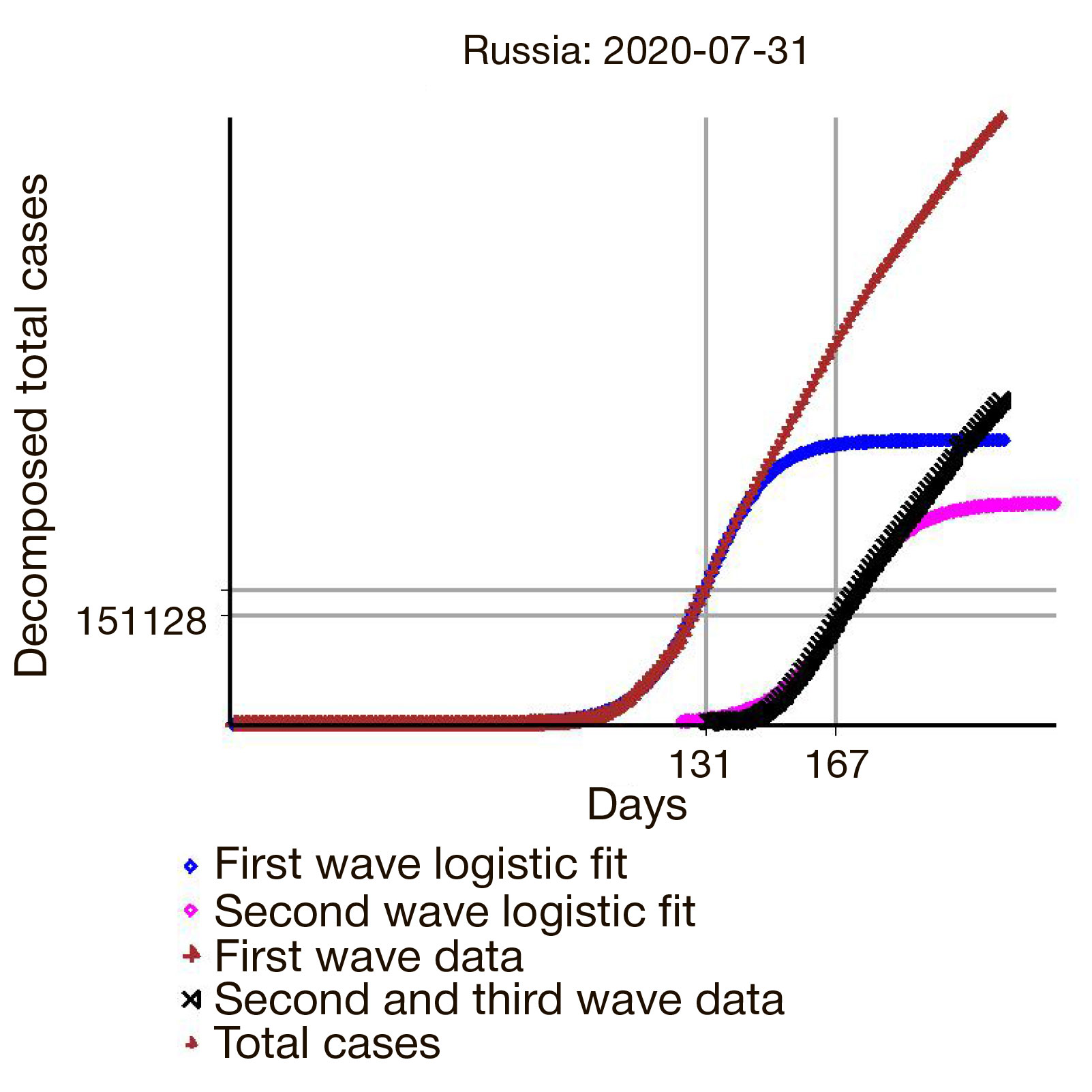
This article is an open access article distributed under the terms and conditions of the Creative Commons Attribution license (CC BY).
ORIGINAL RESEARCH
Predictive monitoring of secondary epidemic waves of COVID-19 in Iran, Russia and other countries
1 Nizhny Novgorod State Technical University n.a. R.E. Alekseev, Nizhny Novgorod, Russia
2 National Research Lobachevsky State University of Nizhny Novgorod, Nizhny Novgorod, Russia
Correspondence should be addressed: Svetlana P. Nikitenkova
Gagarina, 23, Nizhny Novgorod; 603950; moc.liamg@avoknetikins
Author contribution: Kovriguine DA — research planning, literature analysis, data analysis and interpretation, manuscript preparation; Nikitenkova SP — research planning, literature analysis, data analysis and interpretation, manuscript preparation.
